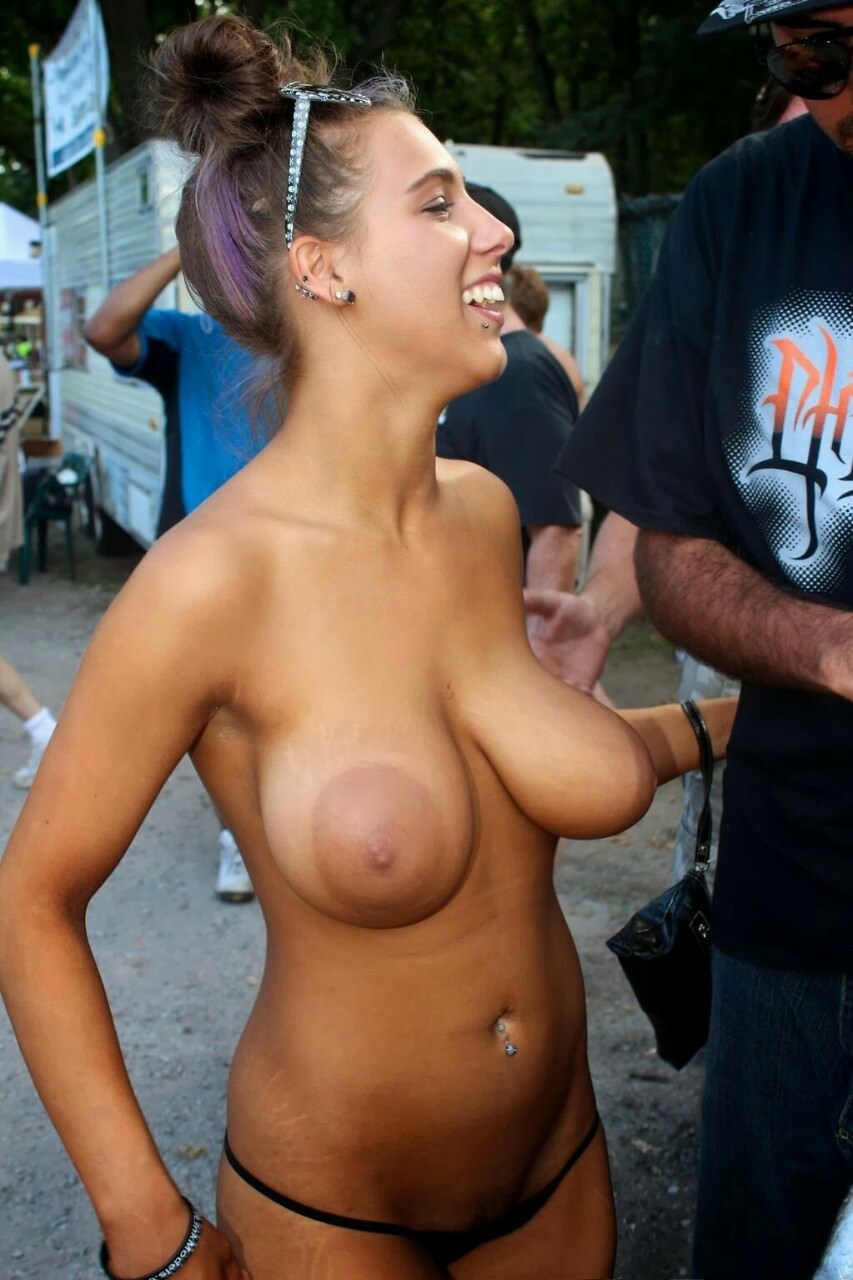Large Areolas - What You Should Know
It’s quite natural to wonder about your body, and a lot of people, too, think about their breasts and the colored areas around their nipples. What you see on your own body, or perhaps on someone else, might seem different from what you expect. The truth is, these parts of us, just like our entire bodies, come in so many varied forms, and that includes the size of the colored rings around the nipple, which we call areolas.
You know, it's pretty common for people to worry if their breasts look "normal," but really, there's a whole spectrum of what's considered typical. Areolas, the pigmented circles around your nipples, are no different. They really do appear in a wide array of shapes, sizes, and colors, so, your own unique appearance is almost certainly part of this vast range of human diversity.
This article will shed some light on the subject of areolas, particularly those that are a bit larger. We'll explore what they are, why they can change, and why having them in a bigger size is very much a part of the everyday human experience. So, let's talk about what makes our bodies so wonderfully varied.
Table of Contents
- What Exactly Are Areolas?
- The Appearance and Sensations of Large Areolas
- Why Do Areolas Show Such Variety?
- How Life's Shifts Impact the Size of Large Areolas
- Are Large Areolas a Common Occurrence?
- Exploring the Many Forms of Large Areolas
- When Might You Seek Guidance About Large Areolas?
- Appreciating the Distinctive Look of Large Areolas
What Exactly Are Areolas?
Well, to get started, let's talk about what an areola actually is. It's basically the colored area that surrounds your nipple on the breast. The actual word, "areola," has its roots in Latin, and it simply means a colored ring around the nipple. That's pretty straightforward, isn't it? This particular part of our anatomy, along with the nipple itself, tends to form a slightly raised, small mound on the surface of the breast. It's just a part of the overall shape and feel of the breast area.
The Appearance and Sensations of Large Areolas
Now, when we consider the appearance of large areolas, it’s important to remember that they can look quite different from one person to another. Just like breasts themselves, areolas come in all sorts of shapes, a wide array of sizes, and a whole spectrum of colors. So, you might see them as small as a penny, or maybe similar to a slice of pepperoni on a pizza, or even as big as a salad plate. That's a pretty wide range, you know? The nipple, which is right in the middle of the areola, can also react to certain things. For instance, when it's chilly, or if it gets a little bit of stimulation, the nipple can actually become firmer and stick out more. This is a perfectly normal bodily reaction, and it's just one of the many ways our bodies respond to different feelings and conditions. So, it's really about the variety that makes each person's body unique, and this holds true for the look and feel of large areolas too.
Why Do Areolas Show Such Variety?
It's a really interesting question, why there's so much variation in areola size and shape. You see, the size of these colored rings can change quite a bit from one person to another, and they can also shift throughout your own life. This is, you know, a very natural process, reflecting how our bodies are always adjusting and adapting. There isn't one single reason for this diversity; instead, it's a mix of different influences that shape how our bodies appear. It's a bit like how some people have curly hair and others have straight hair – it's just part of our individual makeup. This variation is completely normal and, in fact, expected. It really does highlight the incredible range of human forms.
How Life's Shifts Impact the Size of Large Areolas
A few different things can influence the size of large areolas, making them bigger or smaller over time. For example, changes in your body weight, whether you gain or lose some, can actually play a role. Hormonal shifts are another big factor, and these happen during various stages of life. Think about puberty, when a young person's body is going through so many changes, or during pregnancy, when a woman's body prepares for childbirth and feeding a baby. Even as we get older, our bodies continue to change, and that can affect areola size too. So, it's not just one thing; it's a combination of genetics, the hormones flowing through your system, and your age that can all contribute to the size and appearance of your areolas, including if they are a bit puffy. These factors can lead to what some people describe as "big puffy areolas," and it's really just a part of how our bodies respond to life's different stages and influences. It’s a very common thing, you know, for these parts of the body to adapt and transform over the years.
Are Large Areolas a Common Occurrence?
Many people, especially women, often find themselves wondering if their breasts, or their areolas specifically, look "normal." It's a very common concern, but the simple truth is that everyone's breasts are different. And yes, it is perfectly normal for a person to have very large areolas. So, if you've been thinking about your own, or perhaps someone else's, and wondering if they fit into what's considered typical, rest assured that a wide range of sizes, including those that are quite ample, are completely within the bounds of what's ordinary. You probably know that breasts themselves come in all sorts of shapes and sizes, but did you know the same goes for nipples? Actually, there are, apparently, eight different kinds of nipples, according to one doctor. This just goes to show how much natural variation exists.
Exploring the Many Forms of Large Areolas
When we talk about the meaning of areola size, it’s interesting to note what experts say. According to Dr. Chen, for instance, the size of an areola isn't really an indicator of anything specific about your health or well-being. It’s just a characteristic, like eye color or height. The average size for a female areola is, you know, just a little over 2.5 inches across, while for males, it’s about 1 inch. But these are just averages, and there's a lot of variability. For instance, a 14-year-old who has never been pregnant and has had her period for about two years, who wears a 36C bra, might have areolas that are about 2.5 inches wide. This is a very real example that falls right into the average range, yet for that individual, it might feel quite large. This really highlights the idea of "big huge areolas diversity," meaning that the differences in areola size are just part of what makes each person's body unique and, in its own way, quite beautiful. Areolas, in all their various sizes and shapes, genuinely reflect the beauty of human diversity. So, there is no one "standard" look for an areola, which means if yours are a bit bigger, that’s perfectly fine.
When Might You Seek Guidance About Large Areolas?
While having large areolas is completely normal and part of the natural diversity of human bodies, there are times when it might be a good idea to talk to a medical professional. This isn't usually because there's something wrong with the size itself, but rather if you notice other changes or have specific concerns. For instance, if you experience any discomfort, or if the appearance of your areolas changes in a way that feels unusual to you, it’s always a good idea to get it checked out. This is generally just for reassurance, or to discuss any options if you're experiencing a problem that goes beyond just the size. A good example might be if there are any new lumps, or perhaps a change in skin texture that seems out of the ordinary. These are the kinds of things that would warrant a conversation with a doctor, just to be sure everything is as it should be.
Appreciating the Distinctive Look of Large Areolas
It's interesting to consider that for some people, the size of their areolas, particularly if they are on the larger side, can be a source of self-consciousness. However, it's also true that there's a growing appreciation for the full spectrum of human body shapes and sizes. There's even a community dedicated to celebrating areolas, especially those that are beautiful and ample in size, with hundreds of thousands of people who share and discuss their admiration for this particular aspect of human anatomy. This really goes to show that what one person might worry about, another might find quite appealing or simply accept as a normal, lovely part of the body. For both women and men, the areola is, you know, the pigmented ring of skin around the nipple, and there can be quite significant variation in its size, its color, and its shape. As Dr. Constance Chen, a plastic surgeon and breast reconstruction specialist, points out, there’s no single "standard" areola appearance. This means that if your areolas are big, large, or even what some might call huge, they are very much a part of the vast and varied tapestry of human bodies. It’s all about recognizing and accepting the natural diversity that exists.
In short, the discussion about areolas, especially large ones, shows us how diverse our bodies truly are. From their basic definition as a colored ring around the nipple to how they change with life's big moments like puberty or pregnancy, it’s clear there’s no single "normal." The information from various sources confirms that areola size isn't a sign of anything specific about your health, and both male and female areolas come in a wide array of sizes. So, whether they're small or quite ample, they're just a part of what makes each person unique.

Big areolas Porn Pic - EPORNER

Beautiful large Areolas...2.1.2 - Page 111 - Literotica Discussion Board

tumbex - areolagirls.tumblr.com : (110060099060)